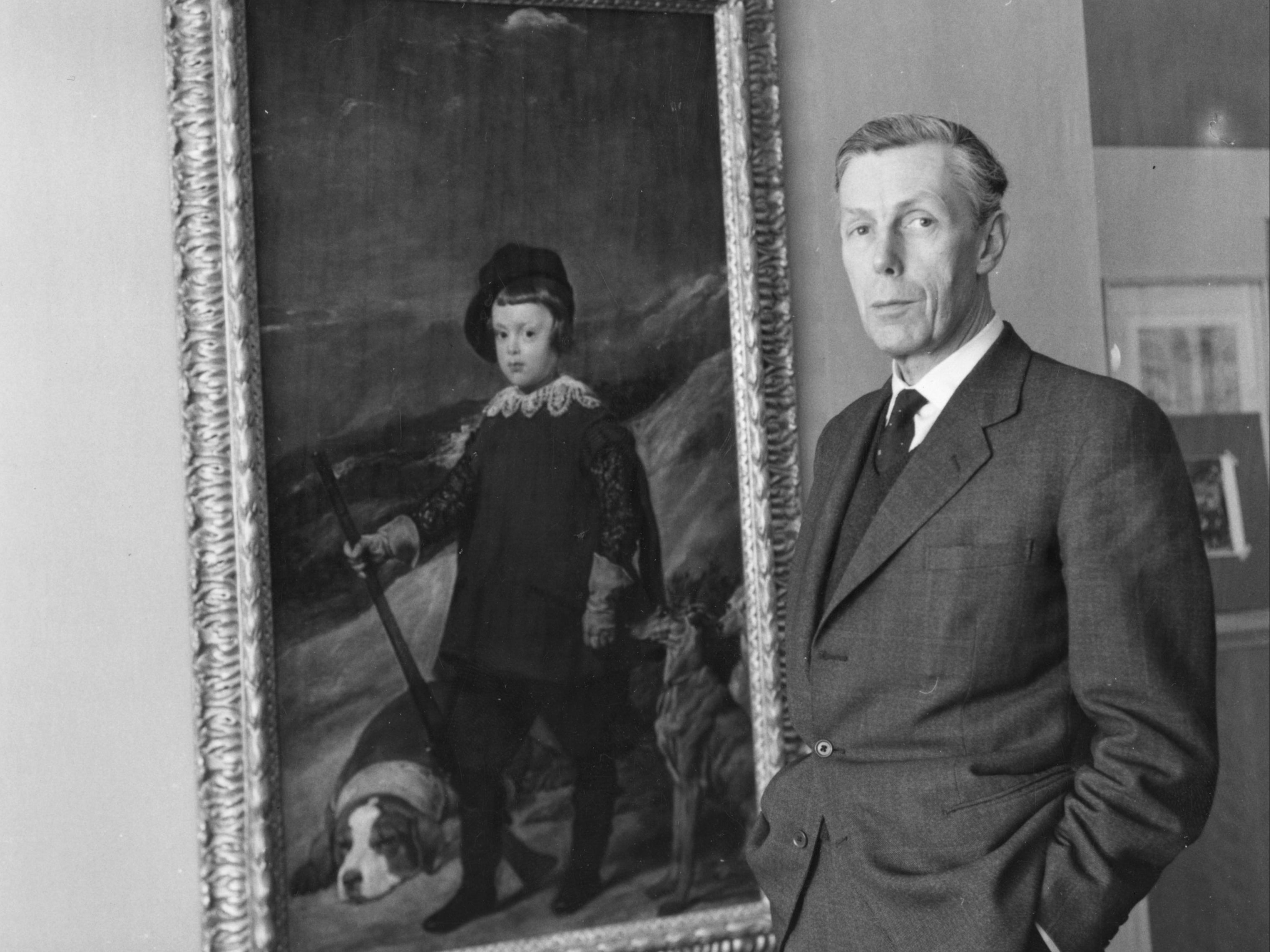Who was Anthony Blunt?
The former Soviet spy was publicly exposed by Margaret Thatcher in 1979

Your support helps us to tell the story
From reproductive rights to climate change to Big Tech, The Independent is on the ground when the story is developing. Whether it's investigating the financials of Elon Musk's pro-Trump PAC or producing our latest documentary, 'The A Word', which shines a light on the American women fighting for reproductive rights, we know how important it is to parse out the facts from the messaging.
At such a critical moment in US history, we need reporters on the ground. Your donation allows us to keep sending journalists to speak to both sides of the story.
The Independent is trusted by Americans across the entire political spectrum. And unlike many other quality news outlets, we choose not to lock Americans out of our reporting and analysis with paywalls. We believe quality journalism should be available to everyone, paid for by those who can afford it.
Your support makes all the difference.Channel 4 documentary series Royals Declassified, which examines the secrets of the Queen Elizabeth II’s reign, continues this weekend.
The three-part series delves into the relationship between the monarch and her husband Prince Philip, as well as her interactions with her family and the world of politics.
Airing on Easter Sunday, the second episode, titled Queen Elizabeth and the Spy in the Palace, will explore the role of art expert Anthony Blunt in the lives of the royals.
But who was Anthony Blunt and how did a Soviet spy become the Queen’s art adviser?
Who was Anthony Blunt?
Anthony Frederick Blunt was the third cousin of the Queen Mother. Born in 1907, he attended public schools as a child and won a scholarship to attend Cambridge University.
Read more:
- Kate Middleton’s uncle weighs in on claims she made Meghan Markle cry
- 7 things you may not know about Princess Anne
- Princess Eugenie got into trouble with royals for sharing behind-the-scenes palace photo
- Kate Middleton can’t vote, and other everyday things she’s not allowed to do
- All the bizarre powers you didn’t know the Queen has
He read mathematics at Trinity College, Cambridge, and it was at university that he met Victor Rothschild and Michael Whitney Straight, who would later be suspected of being in a spy ring known as the “Cambridge Five”.
While at Cambridge, Blunt visited the Soviet Union in 1933 and was later recruited by British diplomat Guy Burgess to become a spy for the Soviets. He was reportedly responsible for bringing more people into the fold, including former Cambridge friends.
In 1939, Blunt joined the British Army where he was part of the 1940 Dunkirk Evacuation. In the same year, he was recruited to MI5 and began passing intelligence to the Soviets.
How did he get close to the Queen?
Throughout his life and even during the war, Blunt’s public role was as an art historian, for which he well-acclaimed, publishing essays and academic papers.
Blunt was offered the role of Surveyor of the King’s Pictures in April 1945 (and later, Surveyor of the Queen’s Pictures, when the King died). He had been working part-time at the Royal Library at Windsor Castle and was recommended for the job by The Royal Librarian Owen Morshead.
As World War II was drawing to a close, Blunt was invited by King George VI to join Morshead on a trip to Germany to loot treasures that included handwritten letters that some believed contained ‘improper’ content.
He held the role from 1945 to 1972 and became close with the royal family. During his time there, he encouraged them to hold more public displays of the artworks.
In 1956 he was knighted as a KCVO (The Royal Victorian Order) by Queen Elizabeth II.
When was he found out?
Though he had confessed years prior, Blunt was publicly exposed as a former spy in 1979 by Margaret Thatcher during a speech in the House of Commons, though by then he hadn’t worked as a spy for 30 years.
In a press conference, Blunt said he became disillusioned as information about the communist party came to light
He said: “This was a gradual process and I find it very difficult to analyse. It is, after all, more than 30 years ago.
“But it was the information that came out immediately after the war. During the war, one was simply thinking of them as Allies et cetera, but then with the information about the camps... it was episodes of that kind.”
When it became public, Blunt was immediately stripped of his knighthood by the Queen.
Queen Elizabeth and the Spy in the Palace airs on 4 April at 9pm on Channel 4.
Join our commenting forum
Join thought-provoking conversations, follow other Independent readers and see their replies
Comments